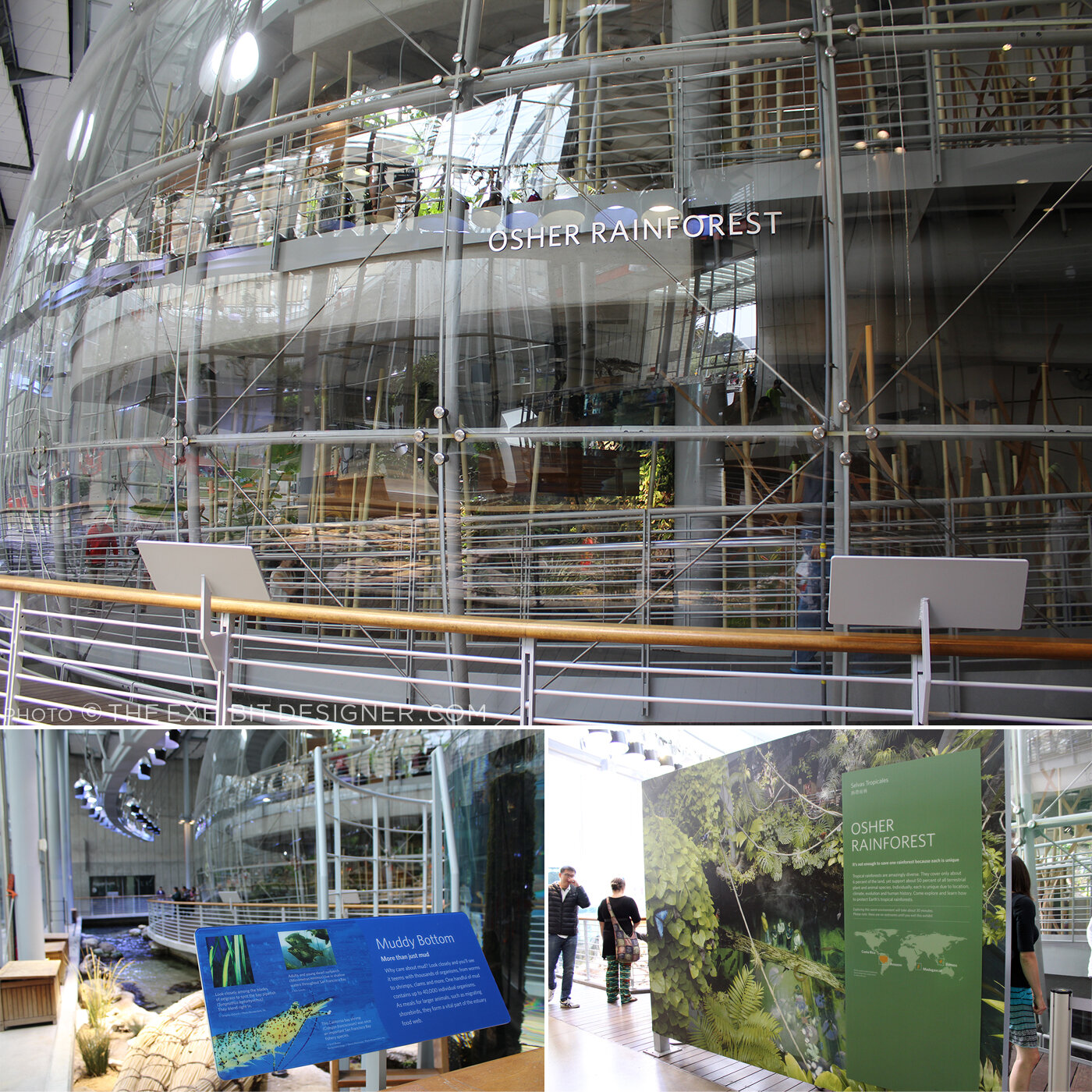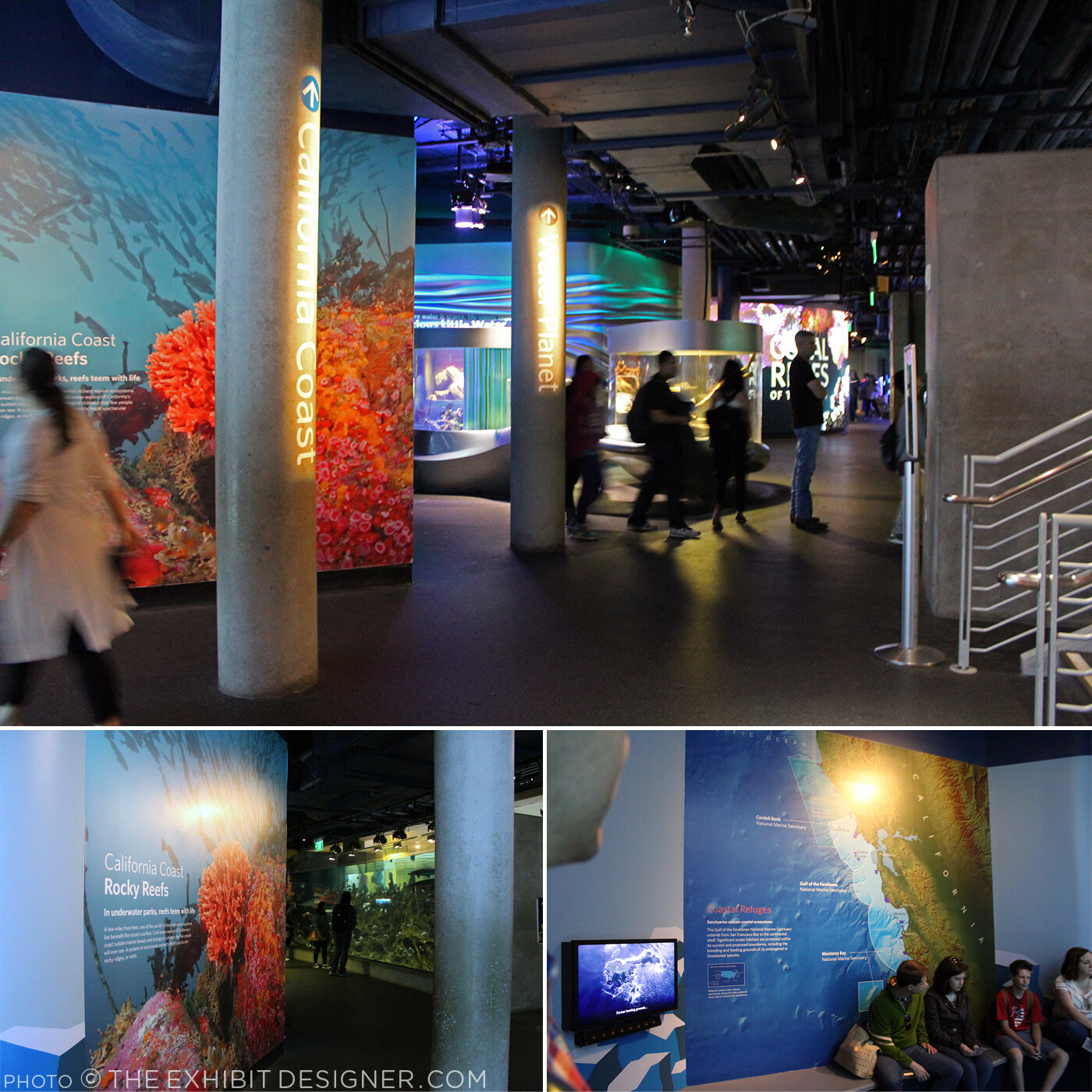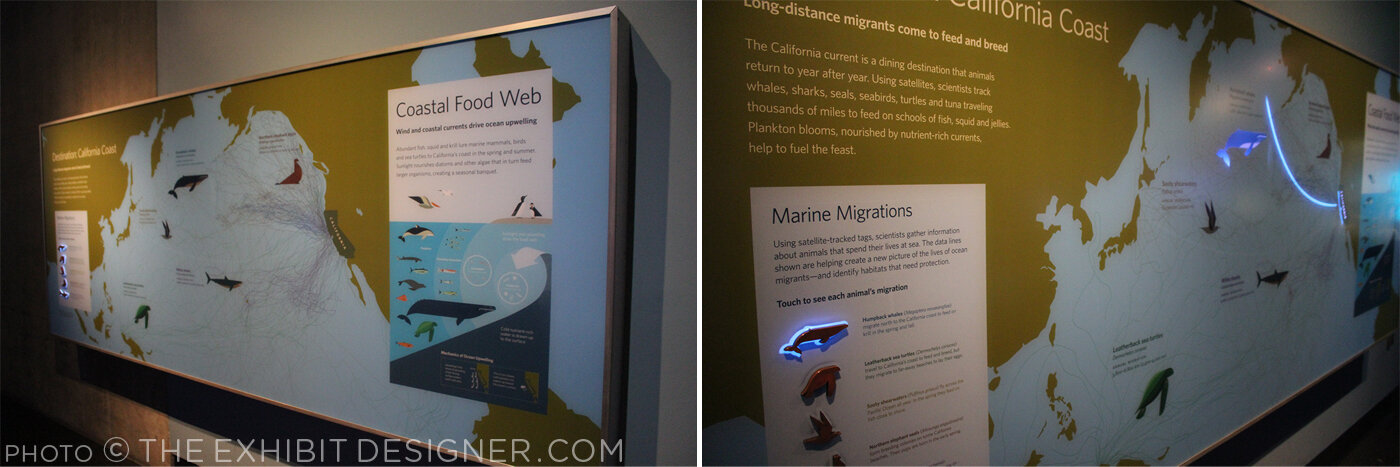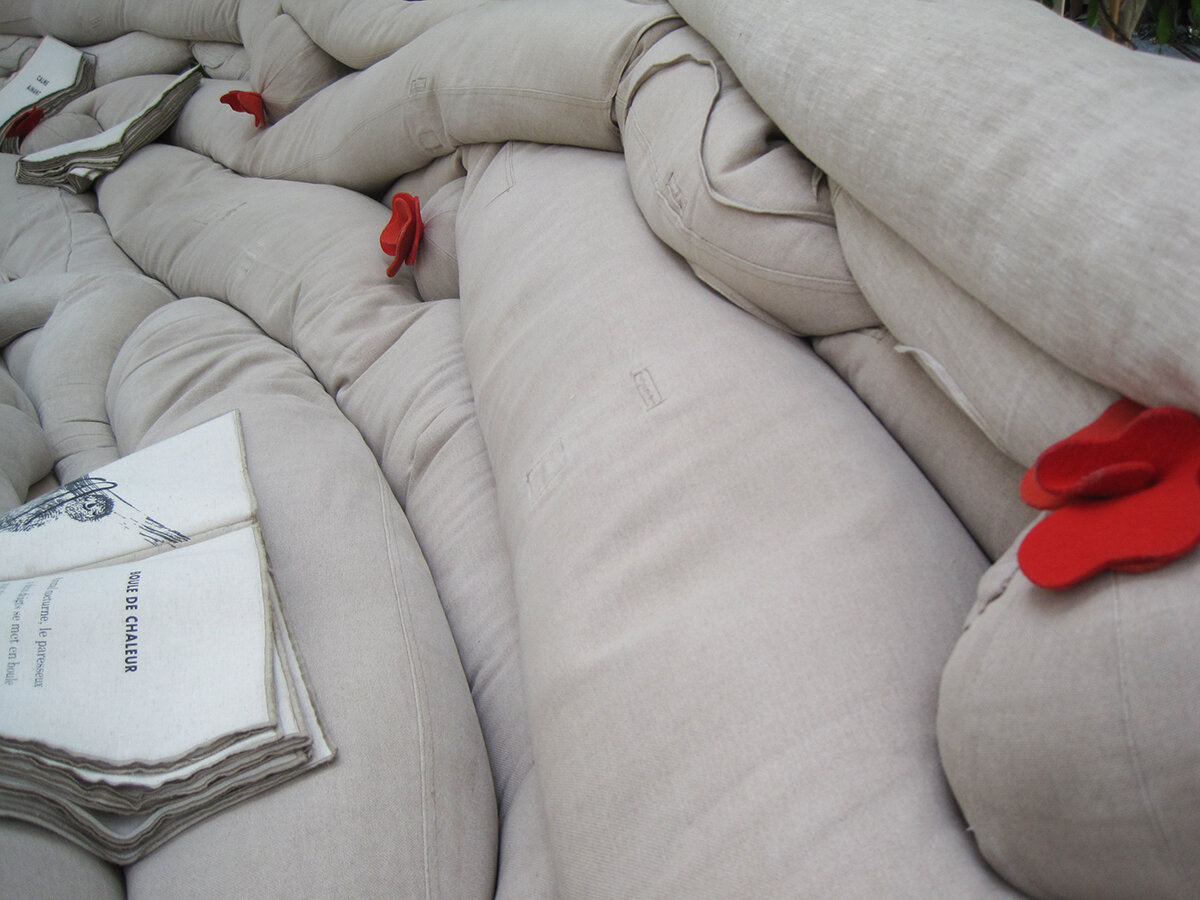Yesterday I had an incredible experience. A group of colleagues and I took a trip to the Museum of World War II in Natick, MA. This museum is not open to the public; it is a private collection, open often but not always, and only by appointment.
On display is the continually-expanding collection of Kenneth Rendell, accumulated over the past forty years. It is “the most comprehensive display of original World War II artifacts on display anywhere in the world,” according to the museum's website, and it spans from the Versailles Treaty, after World War I, to the Nuremberg and Tokyo war crimes trials. It is an amazing collection. The space is packed fore and aft, and there is so, so much to see — and touch. The 10,000 square foot space reflects Mr. Rendell’s vision of the ideal history museum and his philosophy on artifacts. While some of the fragile or especially valuable artifacts are inside glass display cases, most — I’m serious: most —are set out on tables, hung on walls, stacked up on the floor.
Here are some of my memorable experiences: I touched Hitler’s SA shirt. (Touching the mannequins, however, is frowned upon — apparently a number of veterans want to shake the Hitler mannequin’s hand and now it has a permanently dislocated right shoulder.) It gave me chills to touch it, and to look at personal objects like his reading glasses, with their little carrying case, and his sketches. I picked up shell cases and bullets, then put on a helmet to climb into a Sherman Tank. That scared me. I couldn’t believe how thin the floor seemed, and how cramped the interior is. I scrutinized Winston Churchill’s “Siren Suit” for spots of oil paint. David turned the handle of an air raid siren (for far too long) — I had never heard that sound outside of a movie, and it is chilling. I marveled at the impossibly tiny compasses in the area about espionage, and felt sick looking at huge knives that could puncture helmets. I was bemused by the bust of Hitler that General Patton used as a doorstop — Patton taught his dog to urinate on it, and it has never been cleaned. (I did not touch that.)
There are few interpretive text panels, but they are beside the point. While there are enough artifact labels to call attention to key artifacts, “less time reading and more time looking” seemed to be the motto at the Museum of WWII. An audio tour gave only the barest of context and some anecdotal history — like the story about Patton’s Hitler bust — but Mr. Rendell was there to answer questions. He wants visitors to really look at and interact with his collection, and in doing so, connect with the people embodied by these pieces of history. An artifact locked behind glass … how do you create a human connections with that? How do you absorb the stories they can tell if you can’t hold them and examine them up-close? This museum is an argument for artifacts themselves creating the narrative.
Of course an experience like this is nearly impossible to offer to the general public. How would you protect the artifacts from damage and theft? How can a person without at least some understanding of historical context appreciate the significance of an object if there isn’t a helpful and knowledgeable guide alongside them? I feel fortunate to have been able to visit this museum, as did my coworkers who went with me. We couldn’t stop talking about it for the rest of the day, and the next day too; it was that incredible an experience. I hope that every one of you, Readers, gets to have experiences like this yourselves, often and regularly.
More details about the museum, and pictures can be found in this article from the Boston Globe.
—
Post updated in January 2021 with text edits. Broken links have been replaced with archived URLs, courtesy of archive.org. This post was originally published at theexhibitdesigner.com on 11 December 2009.















































































































